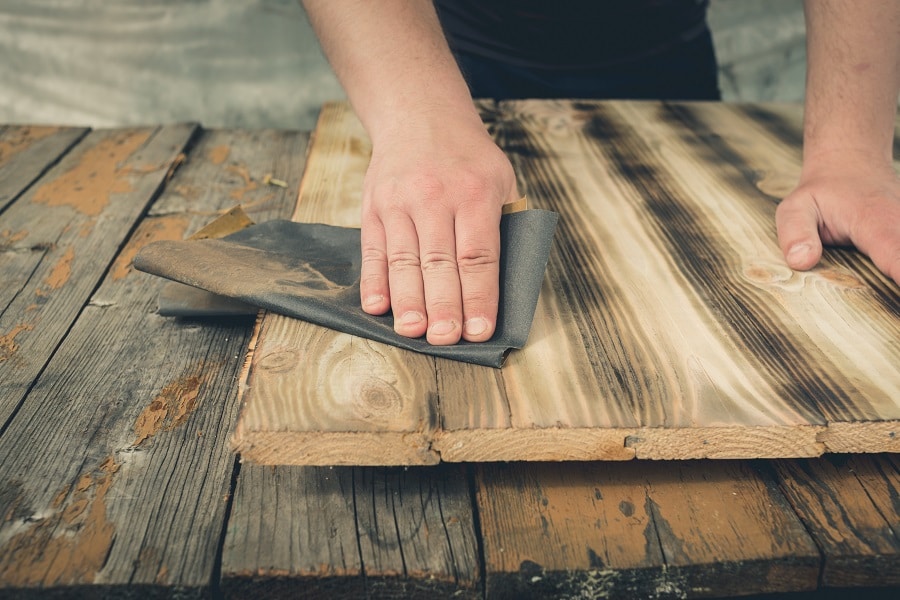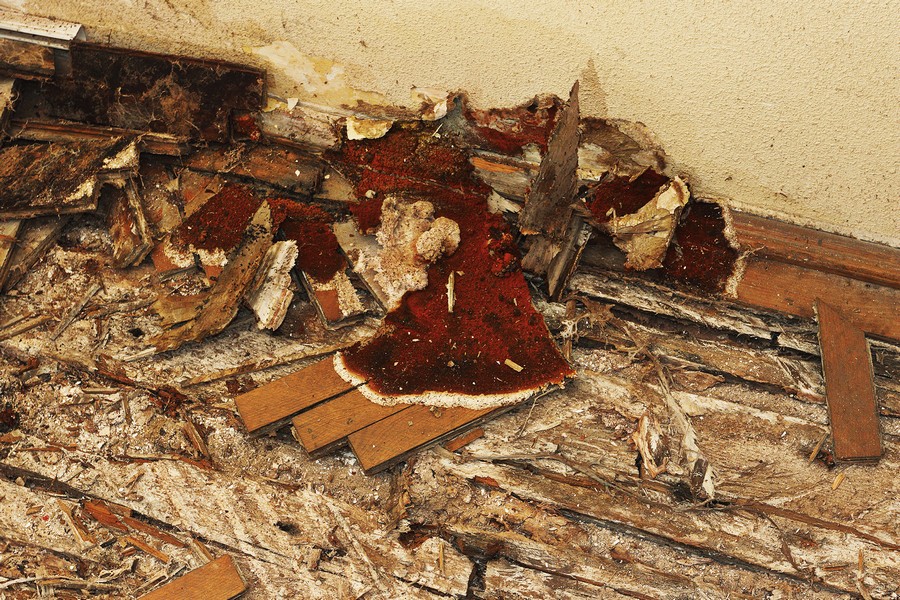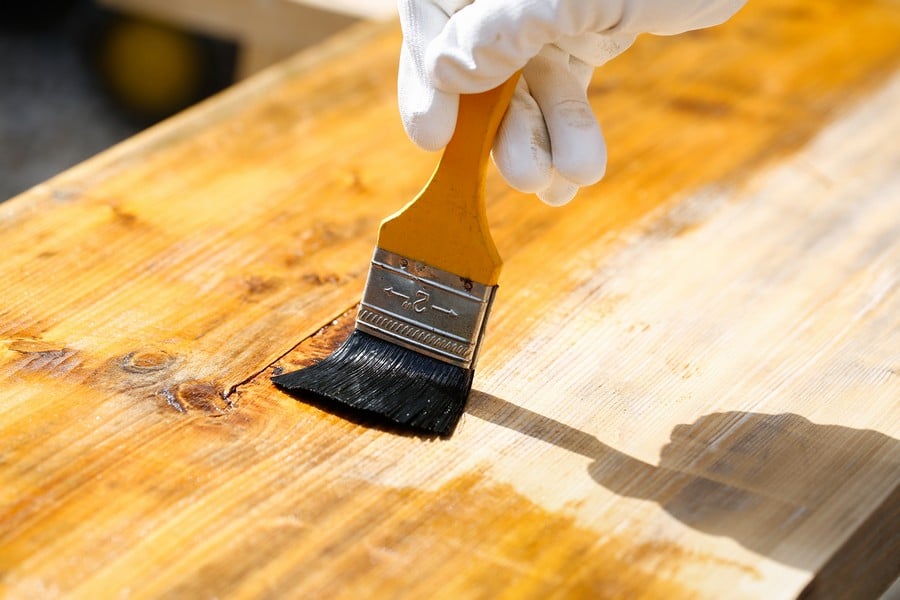Call Our Sussex Damp Experts team now for quote, consultation and advice:
Call on 01273 257 765.

Timber is commonly utilised in homes and structures, yet it is a sensitive material that must be safeguarded. Wet rot and dry rot are two of the most severe hazards to structural wood.
It’s critical to distinguish between these two types of fungal decay since they require different treatments. This page will walk you through detecting wet rot and dry rot, as well as the various treatment options. Both types of decay will necessitate professional diagnosis and treatment.
It’s crucial to have professionals addressing the problem because a dry rot treatment will not solve problems with wet rot.
Sussex Damp Experts can help you identify, diagnose, repair and treat all damp related problems, including wet rot. Please get in touch with us on 01273 257 765 to book a survey and have a specialist of our team at your property develop a cost-effective strategy to eliminate the damp problems.

Wet rot is the natural rotting of wood caused by excessive moisture. It occurs in wood with a moisture content of 30 to 50 per cent, as opposed to dry rot, which occurs in wood with a moisture content of 20 to 30 per cent (or less).
Wet rot is caused by a fungus attracted to damp wood and feeds on it, eventually destroying it. There are many distinct varieties of wet rot fungi, but the most prevalent is Coniophora Puteana, often known as cellar fungus.
High humidity is the major source of damp problems. This will cause moisture, mould and dampness to build inside the buildings, affecting masonry, brickwork and wood. Damp refers to a variety of problems caused by excessive humidity. It’s critical to figure out precisely what’s causing the problem and where it came from.
If your property has a problem with condensation, better ventilation may be the solution. For example, water pouring through walls, owing to damaged guttering, causes penetrating damp, which is an issue that ventilation alone cannot solve.
If dampness only appears at the base of a wall, the problem is most likely rising damp. This occurs when a protective barrier known as a damp-proof course is damaged, allowing groundwater to enter the property.
A suspected structural fault is the most common cause of wet rot, but it can also be caused by a long-term form of Rising Damp. The most common source of damage to timber structures is wet rot. Wet rot is a term used to describe a type of naturally deteriorating wood caused by excessive moisture.
Wet rot can affect practically any sort of wood in a home, so you may not be able to detect it unless you’re an expert. Dry rot, a much more severe type of wood degradation, should not be mistaken with wet rot. For your peace of mind, call Sussex Damp Experts on 01273 257 765 to have a specialist team inspecting your property, helping you deal with all the damp concerns.
In the absence of visible fungus, changes in the colour of the wood and the type and amount of cracks that form as the rotting signs of progress can be used to distinguish wet rot from dry rot. Wet rot is associated with a musty, damp odour and an earthy, rotting-soil-like fragrance. Wet rot might have a worse smell than dry rot. If you see any of the problems mentioned above in your property, contact our professional team of experts on 01273 257 765 to get help.
Dry rot in your home is a significant problem that should be addressed as soon as feasible. It is a harmful type of rot that spreads away from the source of damp and destroys timber and other property fabric. Wet rot fungus is more common than dry rot fungus; however, it is more localised. Typically, the deterioration affects the timber closest to the source of the wet. Wet rot, on the other hand, should not be overlooked. Wet rot can be equally deadly as dry rot and can gravely undermine structural timbers if left untreated.
The fungus Serpula Lacrymans is the only one that causes dry rot, and it is the most dangerous type of fungal deterioration in buildings. It can spread over a whole building and destroy the structure. As previously stated, dry rot can affect any exposed timber that becomes damp with a moisture content between 20 and 30%, easily achieved in a home.

Wet rot and dry rot can be caused by faulty interior plumbing or penetrating damp produced by faulty render, guttering, or downpipes. Because it can sprout between wall coverings and beneath flooring, wet and dry rot can inflict significant damage before a homeowner is even aware of a problem.
If you don’t treat wet rot, the wood will deteriorate and, in some instances, constitute a threat to the people living in the house’s safety. Wet rot might have the smallest impact on your home in the form of a mushy chipboard floor. It would be bearable even if it were uncomfortable. When critical structural timbers are exposed to moisture for a lengthy period, such as when the wood is near a damp wall or at ground level, an excessively negative effect may signal that the timber has lost its structural integrity. As a result of the water seepage, the wood could get wet.
When rot sets in, the wood becomes spongy and soft, and when prodded with a sharp edge like a knife or screwdriver, it caves in. The wood that has cracks running the length of its grain is usually wet. If you wish to obtain more information about treating wet rot, call 01273 257 765 and Sussex Damp Experts will help you.
Call Our Sussex Damp Experts team now for quote, consultation and advice:
Call on 01273 257 765.
Wet rot is widespread in wet regions where wood has been exposed to moisture. We don’t just fix the damage that wet rot has caused, but we stop it from coming back. The source of the problem must be addressed. To avoid future dampness and ensure that the timber rot does not recur, it’s crucial to determine where the water enters the wood. In some cases, you may need to replace the afflicted timbers. In most cases, however, wet rot may be avoided by treating the wood with a fungicide. Wet rot is treated by the use of a fungicide during the drying out process.
To detect and sterilise fungal growth or hyphae strands, you’ll need to selectively employ a powerful fungicide to water the area with a forceful fungicide. You must also remove and discard any tainted plaster that has been contaminated by strands, for example. Any hazardous wood or trash discovered in voids beneath the floor would have to be removed and burned. You’ll need to use a fungicidal solution to treat the damaged wood.
Don’t wait any longer if you’re not sure where to begin treating your wet rot problems. If you choose a professional company, such as ours at Sussex Damp Experts, you’ll obtain the best results. They are experts in the field of wet rot therapy. We’ll figure out what’s causing the wetness and which areas have been harmed. Please don’t wait any longer to reach us. Pick up the phone and dial 01273 257 765.


Our personnel will come to your property and solve your property’s wet rot problem after a timber survey has been elaborated, a solution has been agreed upon, and our surveyor has set up a convenient time frame with you.
Our skilled professionals will perform the following procedures to remedy your property for wet rot:
When wet rot occurs, don’t delay the solution and contact us for a professional approach to stop the wet rot growth and stop the damp problems in your property.
Treatment charges vary depending on the property and the severity of the wet rot problem. As a result, each incidence of wet rot may necessitate a different treatment strategy. Sussex Damp Experts urges property owners to fill out an online form about their wet rot or phone us at 01273 257 765, and one of our certified professionals will come out to assess your home. Based on the findings, we can provide you with a precise treatment cost estimate.
We can repair leaking roofs and rainwater goods, correct all building defects to prevent rainwater damage and timber decay, rising damp, penetrating damp, convert damp unused basements and cellars into excellent new rooms, complete timber treatment to protect against woodworm, dry rot and wet rot, condensation and mould control, and water damage restoration, to name a few. We have a comprehensive team of damp proofing professionals that have considerable experience dealing with damp issues such as dry rot and woodworm, wet rot, wood rot, basement waterproofing, interior damp, rain penetration, and condensation control in commercial and residential buildings.

We adhere to high standards for damp proofing treatments, professional re-plastering, wood preservation, and damp inspections. Some of the services we provide regularly include basement tanking, dry rot management, moisture ingress prevention, cavity wall treatment, dry rot and woodworm eradication, and condensation control.
We provide homes, local governments, small businesses, and commercial properties with highly customised, skilled, and dependable damp proofing treatment and repair services. Call us on 01273 257 765 today to chat with a member of our friendly staff about your requirements.
For your safety, all of our work is guaranteed. In addition, we are members of the Guarantee Protection Scheme, an independent insurance policy that covers the duration of your guarantee if you want to take it out.


Max and his team have been at our property all week and I really can’t thank them enough for the fantastic job they’ve done on plastering both our walls and ceilings. They have literally transformed the appearance of our house! Not only has Ma…

From start to finish Max has been incredable. His knowledge lin damp proofing is second to none and his team where very clean and polite. The plastered finish was like glass so happy we choose Max Plastering for job.

Lovely bunch of lads left a very neat and clean job. Problem was solved.

Perfect Finnish and all left clean and tidy and no mess. Used Max previously and would not hesitate to ask him carry out more work.

Max, Harvey and Stuart arrived promptly as arranged. Done a great job on our outside rear wall. Work completed to a high standard, removal of all old material and cleaned up after themselves. I am so pleased with the standard of their work they ar…

They turned up on time and carried out the works in a very professional manor leaving the front of the house clean and tidy. Very impressed would definitely recommend.

I have to say that on every level Max (with Stuart and Harvey) did an extremely professional job! They explained what they were going to do, they were polite and courteous and respected that they were coming into our home. The plastering is of the…

I called max and he managed to come around the same day to do a survey. The next day I received an extremely detailed survey compared to any other damp proofer which made me feel very at ease that he was going to do the right job. Max and team tur…

Contact Sussex Damp Experts Now to Speak With an Expert.